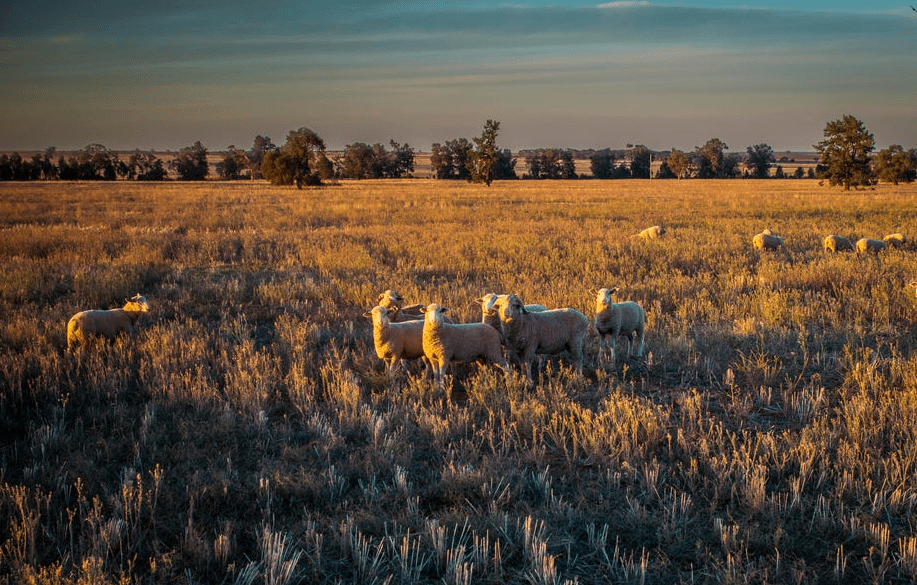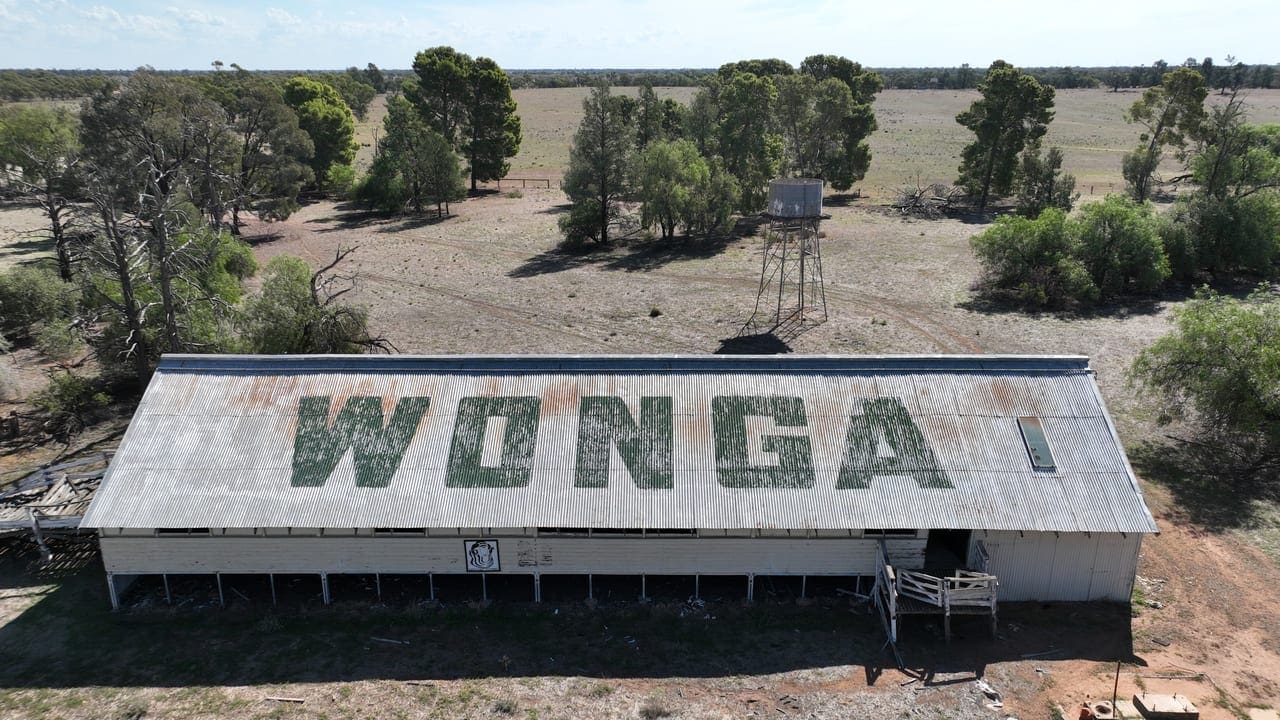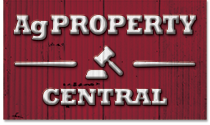
South-west of Tottenham is the 4346ha Inverleith, which has run up to 5000 Merinos, and is now run as a mixed farm. Photo: Elders
PROPERTIES on the market in New South Wales include the Riverina’s famed Wonga Station, and Peep-O-Day and Inverleith in the Central West.
Wonga Station
The Star family is seeking offers above $14 million for its highly productive, large scale irrigated, dryland and grazing enterprise in the southern Riverina region of New South Wales.
The 4499ha Wonga Station is located near Mabins Well, 40km west of Coleambally, 55km south-west of Darlington Point and 65km north of Jerilderie.
Held since 2009, brothers Greg, Mick and David Star are selling to concentrate on their individual assets.
The contiguous landholding is close to cotton gins in Whitton, Hay, Carrathool, almond processing near Griffith and a walnut facility in Leeton.

Wonga Station. Photo: Nutrien Harcourts
Wonga Station was once home to the renowned Wonga Merino stud owned by the late Tom Culley.
Regarded as one of Australia’s greatest breeders of Merino sheep, Mr Culley blended two strains of Merino, the Collinsville and the Peppin, to develop the Wonga Whopper, boasting a massive staple length and a great lock.
Today, the property supports 3500 ewes and lambs, but numbers could be lifted significantly.
With its highly fertile, alluvial and rising red loam soils, Wonga Station is suitable for both summer and winter cropping and fodder production.
Around 1050ha are arable with 285ha of developed irrigation and dryland areas sown to seasonal conditions.
An additional 850ha has been surveyed and is suited to multi-purpose irrigation, including cotton and corn.
Of this area, around 600ha of the rising red loams and open flats are available for dripper irrigation for row crops and horticulture.
Nutrien Harcourts agent James Sides said there has been diverse and widespread inquiry.
“Interest is coming from individual and corporate producers, those seeking irrigated cropping opportunities or an opportunity for conversion to permanent plantings,” Mr Sides said.
“Others include biodiversity groups, investment corporations and fund managers on behalf of high net worth individuals.”

Wonga Station and its water entitlements are offered for sale by EOI closing May 23. Photo: Nutrien Harcourts
Mr Sides said Wonga Station possesses considerable capacity for expansion.
“Buyers have the opportunity to further expand the irrigation development with extensive dryland cropping areas suitable for spray and drip irrigation.
“Additionally, continuous vegetation management has been implemented to allow for annual dryland cropping expansion.
“With its vast and extensive vegetation and strategic geography, Wonga Station also presents unique business development opportunities within the renewable and environmental sectors.”
Wonga Station boasts first class irrigation development, as well as significant water entitlements and dual frontage to the Coleambally Outfall Channel.
Water is accessed by two irrigation bores together with conductivity to the Murrumbidgee River System via Coleambally Irrigation Co-operative, providing a combined daily extraction of 100ML.
Infrastructure includes a six-bedroom home, two three-bedroom cottages, a six-stand shearing shed, two steel sheep yards, steel cattle yards, numerous sheds and grain storage.
Wonga Station, including the water portfolio, is being offered for sale by expressions of interest closing May 23.
Peep-O-Day
A blue-ribbon mixed farming property in the Central West of NSW has been listed by Dr Colin Andrews for between $13.5M and $14M.
The 3812ha Peep-O-Day is located 25km north of Tottenham and 165km north-west of Dubbo.
Owned by the Andrews family since 1996, the property has been managed under the stewardship of Dr Andrews, a retired neurologist from Canberra who grew up in Tottenham.
Forbes Livestock & Agency Co agent Sam Mackay described Peep-O-Day as one of the most prestigious cropping portfolios in the Lachlan and Bogan shires.
“There has been good early inquiry and a number of inspections from locals and away producers, particularly from southern parts of the state,” Mr Mackay said.
“A model of sustainable farming, it strikes a careful balance between soil health, crop rotation and infrastructure investment to drive long-term productivity and success.”
Soils range from grey self-mulching clays to soft red clay loams suitable for both cropping and lucerne pastures.
Around 97 percent of Peep-O-Day is arable and divided into 12 paddocks designated for rotational cropping, including cereals, lupins and canola, delivering an average wheat yield of 2.85 tonnes per hectare.
Mr Mackay said the property also excels in water-use efficiency, with an average of 17kg/mm of growing season rainfall over the past decade, well above the regional average of 14kg/mm for wheat in the area.
“Peep-O-Day places a strong emphasis on soil fertility with balanced nutrient levels maintained through the consistent application of 70kg/ha of MAP equivalent phosphorus.
“Regular soil testing ensures the careful management of potassium and sulphur levels.”
Break crops such as monola and lupins are grown to enhance nitrogen levels, improve soil structure and support long term soil health.
Peep-O-Day is watered by 16 dams and three 30,000 litre water tanks.
Infrastructure includes two homes, a workers quarters, 16 silos with a combined 1900t of grain storage, cattle and sheep yards, a five-stand shearing shed and numerous sheds.
Inverleith
A versatile mixed farm with development upside, also in the Central West of NSW, will be auctioned by Elders on May 14.
The 4346ha Inverleith, 50km south-west of Tottenham and 95km north of Condobolin, comprises two adjoining landholdings – the 3316ha Inverleith and the 1030ha Manilla Pt 2.
Around 1930ha of the mostly red loams, with areas of lighter sandy loam and gravelly soils, is cultivated.
Prior to auction, and included in the sale, will be 530ha sown to wheat and oats, with 610ha prepared for the incoming purchaser.
Conservatively managed by the retiring vendors, Inverleith is running some sheep and opportunistic cattle on open timbered grazing areas with strong natural pastures.
In the past, the Merino sheep operation ran up to 5000DSE.
Elders agents Brian McAneney and Chris Malone said Inverleith was an opportunity to expand or establish a diverse agricultural enterprise with huge development upside.
“In 2020, 700ha were pulled, but not raked, and have significant regrowth,” they stated.
“This area, together with 710ha that is heavily timbered, provide an opportunity for further development to increase productivity and add value.”
The agents report good early interest from local and southern producers, as well as investors.
Water on Inverleith is provided by dams and seasonal watercourses, supported by a 470mm rainfall region.
Infrastructure includes a three-bedroom home, a three-stand shearing shed, steel sheep and cattle yards, numerous sheds and two grain silos.

HAVE YOUR SAY